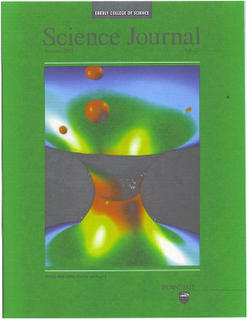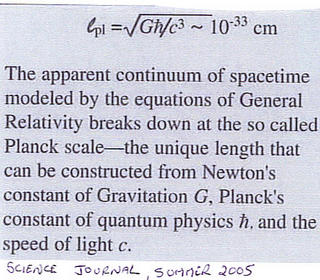R.B.Laughlin:
The paper by Senthil et al. [9] is an attempt to address this issue mathematically. It deals specifically with a suspicion many of us have had that quark confinement, one of the most cherished features of the standard model, may be a collective effect that emerges at a phase transition and thus not fundamental at all. The paper is complicated, an unfortunate side effect of the difficulty of the task, for it is not generally possible to deduce emergent phenomena from first principles. The best one can do is postulate them and then demonstrate plausibility by showing that small corrections get smaller as the measurement scale increases. Such convoluted arguments are ripe with opportunities for mistakes, regardless of how careful the authors have been, so the test of emergent universality that counts is always experimental. This, in turn, forces the theory to address not quark confinement itself but an allegory of it one might hope to test in a table-top experiment. The logic is maddeningly indirect, but unfortunately the only approach that is legitimately scientific.
Fig. 1. In quantum chromodynamics, a confining flux tube forms between distant static charges. This leads to quark confinement - the potential energy between (in this case) a quark and an antiquark increases linearly with the distance between them.
In the Q<->Q measure, the understanding of this distance in the metric was understandable?
Now this is March of 2000.
What Lies Beneath?
Still as a layman, such general talks need better clarification? If you set the stage from planck length, then how indeed does LQG arise here?
Here's another view.
Witten:One thing I can tell you, though, is that most string theorist's suspect that spacetime is a emergent Phenomena in the language of condensed matter physics.
http://online.kitp.ucsb.edu/online/kitp25/witten/oh/10.html
Robert Laughlin:The true origin of these rules is the tendancy of natural systems to organize themselves according to collective principles. Many phenomena in nature are like pointillist paintings. Observing the fine details yields nothing but meaningless fact. To cor rectly understand the painting one must step back and view it as a whole. In this situation a huge number of imperfect details can add up to larger entities of great perfection. We call this effect in the physical world emergence.
http://large.stanford.edu/rbl/lectures/index.htm




